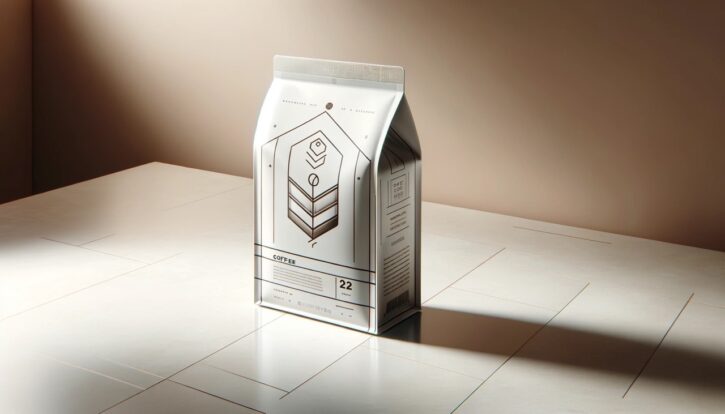Whether it’s espresso, specialty coffee, or American cold brew, people all over the world love a cup of coffee. And the sheer number of coffee drinkers is precisely what makes the industry both popular and profitable – which attracts many people to open their own custom coffee company.
What these would-be coffee roasters soon learn is that sourcing high-quality coffee beans and offering unique blends can only get you so far. When your coffee pouch is up on the shelf or in an online picture next to your competitors, it all comes down to the product packaging.
Despite its importance, coffee packaging design doesn’t come naturally, even to experienced coffee companies. It incorporates elements of graphic design, brand identity, and physical product packaging – none of which are part of the standard skill set for a coffee roastery. So below, we share five expert tips for creating your own coffee packaging design, even if you’re not a designer.
1. Choose the best coffee brand identity for your company
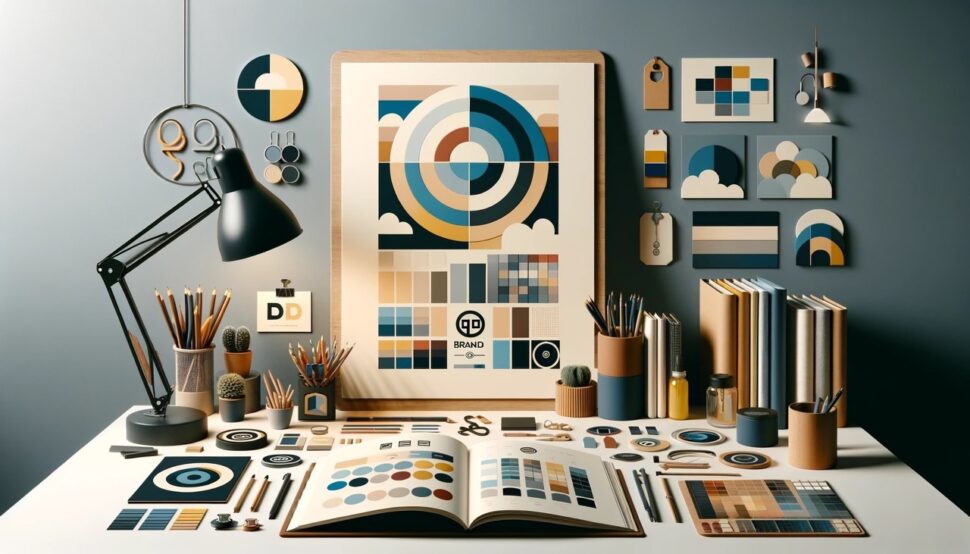
So much of graphic design is about telling your brand’s story visually. For example, choices in logo, typography, and color can make people think of your coffee brand as a calm, gentle cup for quiet mornings, or a heart-pounding, intense brew to sustain them for long hours. For shoppers who have never tasted your coffee, brand identity determines whether they buy yours or your competitors.
Creating the best coffee brand identity begins by understanding your target customers and place in the market. What are you offering that other coffee roasters don’t? Build your brand identity around your unique selling points and make design decisions based on what appeals to your target customers.
Hiring a professional designer is often more fruitful than learning graphic design yourself, and affordable freelance options like Upwork and Fiverr exist for startup businesses and coffee companies. Professional designers can also help you with how-to advice, such as how to make a dieline for a sticker, as well as stylistic advice. If you’re in a pinch, you can generate AI package design ideas, but you’ll most likely need to make some revisions before print, necessitating a designer anyway.
Subtle details like fonts, lettering, colors, and other imagery may seem negligible, but they all add up. Shoppers will scrutinize your coffee packaging design for clues about whether or not to try your brand, so make sure you make a good first impression.
2. Create eye-catching product packaging
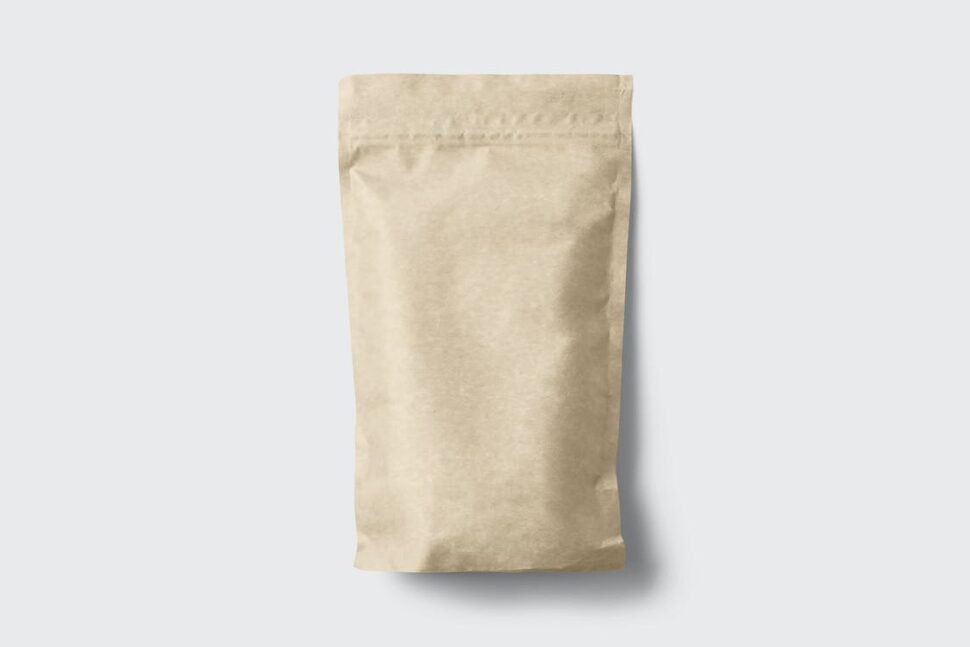
Almost as important as your coffee brand identity is the product packaging itself. Even when selling online, the style of your coffee bag can be a major draw, as long as it appeals to your target customers.
First and foremost, you need to choose the type of coffee pouch. Here are some popular options to get you started:
- Side-fold bags – traditional coffee bags that open at the top and fold sideways to keep the air out. These are good for classic coffee drinkers and easy to manufacture.
- Quad-seal bags – a step-up from side-fold bags with extra protection sealing all four sides of the bags, helping maintain the freshness. These are popular for high-quality brands, but more expensive to manufacture.
- Stand-up pouches – a style for reinforcing the bottoms of coffee bags with only two sides sealed. These are cheaper to manufacture but hold less coffee per bag, making them a bit flimsy for whole bean coffee.
- Flat-bottom bags – an alternative style for the bottoms of coffee bags with four side seals for maximum sturdiness. These are more expensive but more dependable and “fancier” than stand-up pouches.
- Hard containers – less popular than coffee pouches, hard containers like plastic, glass, or metal jars could give you a unique appearance to set yourself apart. Prices vary based on the materials used.
You should also consider other features, both visual and practical. In particular, is your product packaging resealable, and if so, how? The traditional standard for most coffee pouches is to use a metal fastening at the top, but lately more brands are using resealable locks built into the bag.

Likewise, you can also add some flair, like a matte laminate, to give your coffee bag a glossy, high-quality look. Although more expensive, mattes are ideal for exclusive, high-end brands – not to mention that matte finishes offer better protection and extended freshness.
3. Follow packaging design trends for up-to-date design elements
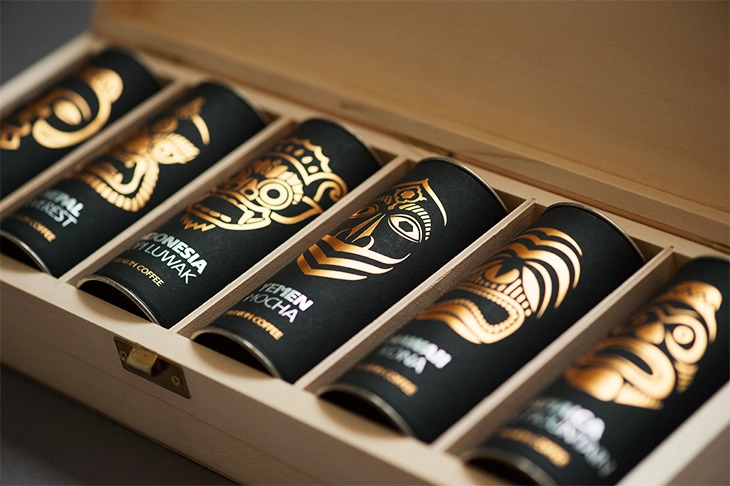
Graphic design is fluid. The tastes of both designers and customers alike change from time to time, ushering in new packaging design trends to replace the old. Not only do coffee companies need to update their product packaging periodically, but they also need to stay current with design trends.
For example, in the past, side-fold bags were the norm and easily recognizable by any coffee drinker. But lately, partially thanks to the sustainability trend, custom packaging like jars and tins has become more popular. In terms of visuals, minimalist designs are in favor, and can cut down on manufacturing costs by eliminating extraneous coffee labels of stickers.
Before you begin planning your designs, do some research into product packaging design trends – and not just for coffee companies. You might find some valuable insights in tea packaging designs or other retail packaging in general.
Looking outside the coffee industry is great for inspiration. Thinking beyond the conventions of coffee bag design can reveal new and original ideas your competitors hadn’t thought of – making your products unique and eye-catching enough to stand out from all the other cookie-cutter options.
Try this packaging evaluation poll template to ask a panel of real consumers what they think about your coffee package design.
4. Use sustainability in coffee bag design
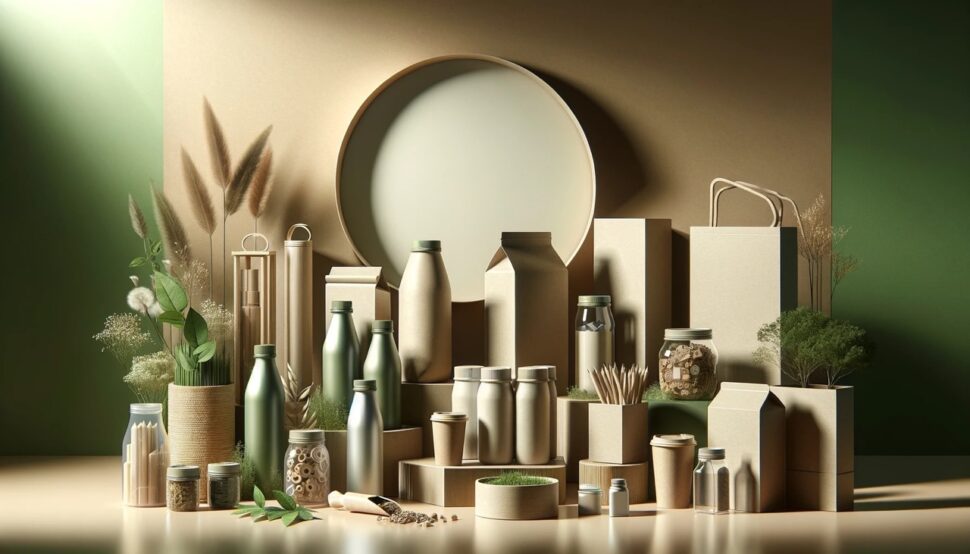
Speaking of design trends, one fast-spreading trend across all retail packaging is sustainability. While advertising the sustainability of your actual product is good (such as sourcing high-quality coffee beans) the sustainability of your product packaging is equally important. Besides, it would be a branding mistake to talk about your product’s sustainability on nonrenewable packaging.
So when planning your coffee packaging design, consider materials and manufacturing methods. Most customer groups think positively about sustainability, so it’s less of a strategy for specific groups and more of a universal benefit.
Of course, you also need to consider manufacturing costs, especially if you’re mass-producing a bulk order of coffee bags. Rather than using nonrenewable resources, consider cutting costs from the manufacturing style, such as using stand-up pouches instead of flat-bottom bags.
Remember that sustainability is just as much about your coffee brand identity as it is about how you run your business. Especially in the coffee bean industry, environmentalism and anti-exploitation are unique selling points. Younger customers in particular will pay extra for ethical coffee, and a straightforward way to demonstrate your sustainability is in your product packaging.
5. Test coffee packaging designs with your target customers
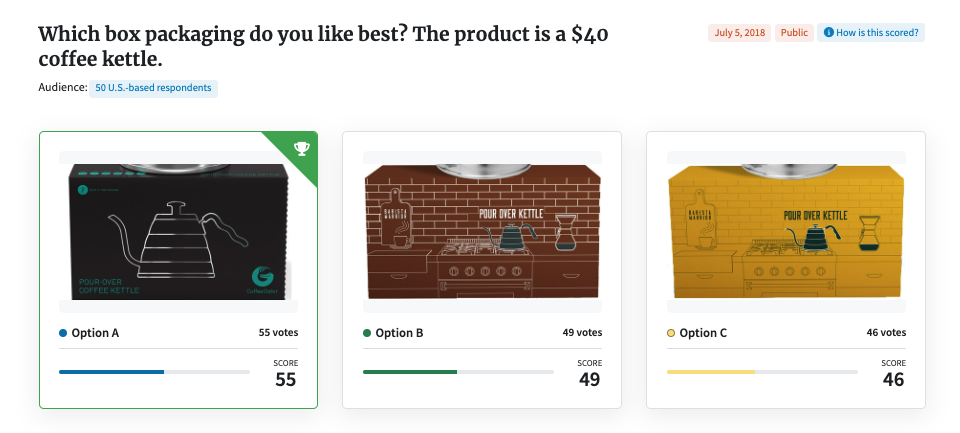
We’ve talked a lot about catering your coffee packaging design to your unique customer group – but until you roll it out, how can you be sure they’ll like it? The simplest answer is to just ask them.
PickFu offers online polling and A/B testing with real-life participants and speedy results. Our audience targeting traits allow you to truly hone in on your ideal customers: not only with demographics like age, education, gender, or income, but also hobbies and interests like gamers, pet owners, Amazon Prime members, and… coffee drinkers!
All you have to do is provide one or more images of your packaging designs, and PickFu shows them to your chosen participants, who then provide feedback or choose which one they like best. You can run a Head-to-Head poll to split test two options, or use a Ranked poll to compare multiple designs and ask respondents to list their choices from favorite to least favorite.
The best part is that participants leave feedback about why they made their choices. That gives you indispensable insight into how your real-life customers think – explained in their own words! In fact, you can forgo the voting altogether and try an Open-Ended poll just to elicit general open-ended feedback.
And because all you need is an image, you don’t have to wait until you have a finished product to test. You can use mockups or even rough sketches to gather early feedback. This can save you valuable time and money before manufacturing a sample or prototype that doesn’t work.
Beyond package design testing, there’s no limit to the kinds of tests you can do with PickFu:
- Price testing
- Wine label design
- Label design
- Product name testing
- Brand name testing
- Logo testing
- Slogan testing
- Package integrity testing
- Market research for startups (like proof of concept testing or prototype testing).
PickFu gives you a direct, transparent line of communication with your exact audience, so you never have to rely on guesswork again. Sign up for free to see for yourself the difference that high-quality, fast consumer research can make for your business.
Frequently asked questions
What is the purpose of packaging coffee?
First and foremost, coffee packaging should both securely store coffee and keep it fresh from use. Additionally, coffee packaging design can be used strategically to appeal to certain types of customers, such as featuring a skull and crossbones to attract people who like strong coffee.
What type of container is most commonly used to package coffee?
The most common type of packaging is side-fold coffee bags, which open at the top and use metal fasteners to reseal the bag after use. However, custom packaging is becoming more popular every day, with new ideas like jars, tins, or more securely sealed bags.
What are the benefits of recyclable coffee packaging design?
For starters, recyclable coffee bags produce less permanent waste, which helps the environment. If that’s not a good enough reason, recyclable coffee pouches show shoppers that your brand cares about sustainability, which can be a significant selling point for some customers.
